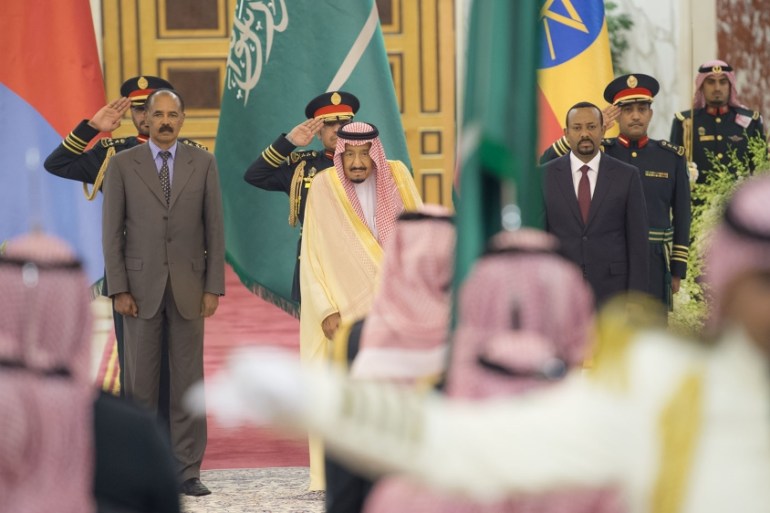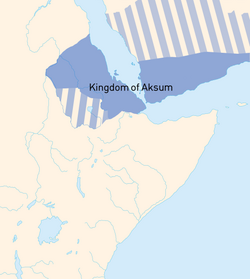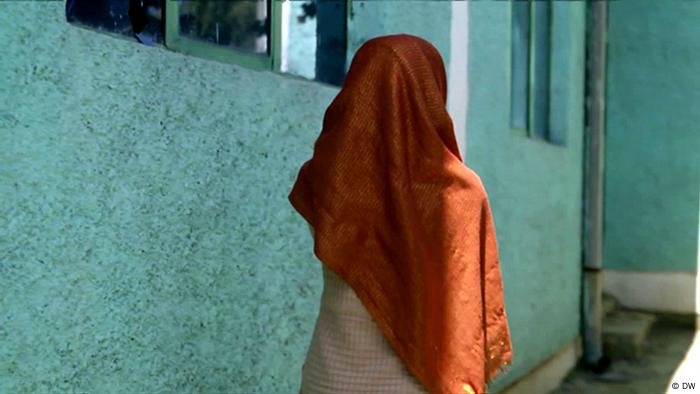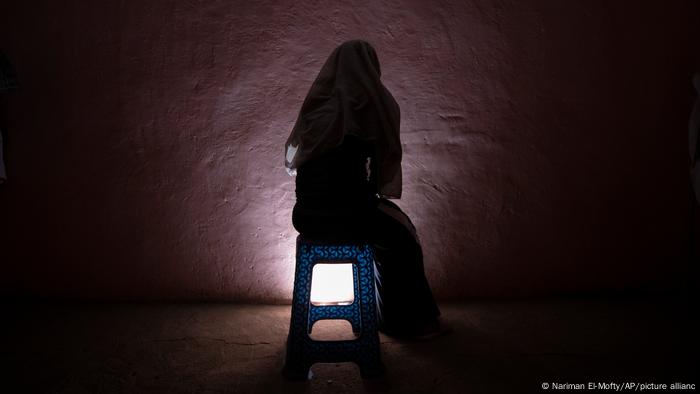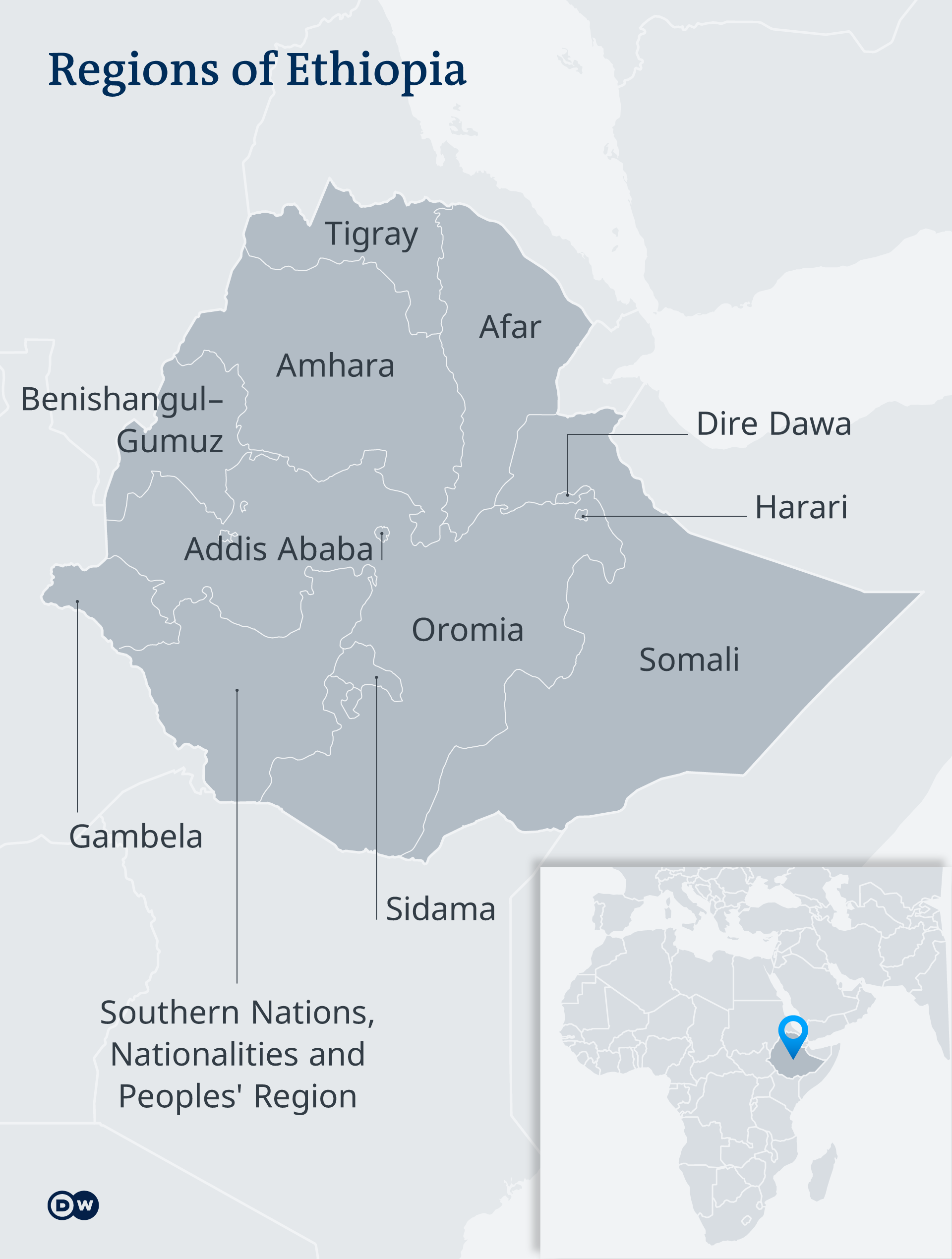A truce in Ethiopia has generated cautious optimism. As the belligerents take tentative steps toward peace, the first order of business is to surge humanitarian aid into Tigray and restore vital services. The country’s external partners should find ways to nudge all parties toward compromise.
"Donors should NOT ease up on Addis before genuine change is afoot. Abiy is adept at tactical manoeuvring" Crisis Group
After seventeen months of bitter fighting, the main belligerents in Ethiopia’s civil war, the federal and Tigray region governments, recently took a small step toward peace. On 24 March, following direct contact between the two sides’ military leaders, the federal government announced an “indefinite humanitarian truce”. Four days later, Tigray’s authorities said they would adhere to the cessation of hostilities, with officials in the regional capital, Mekelle, suggesting they were cautiously optimistic about prospects for peace. The truce comes not a moment too soon. With federal and allied forces blockading the embattled Tigray region on and off since the war began in November 2020, humanitarian organisations have been unable to consistently deliver aid overland at anything like the scale needed, leaving an estimated five million people in Tigray in urgent need of food and medicine. Since the truce announcements, four aid convoys have reached Tigray.
In order to ensure that the truce holds, Addis Ababa should immediately lift all obstacles to give agencies the unrestricted access they need to alleviate Tigray’s desperate humanitarian situation. Federal authorities should also fully reconnect Tigray to trade networks, the electricity grid, and telecommunications and banking services. As part of subsequent ceasefire talks, Tigray’s forces should withdraw from the parts of neighbouring Afar and Amhara regions they hold. The federal government should attempt to push Amhara forces and Eritrean troops to exit Western Tigray and, in Eritrea’s case, Tigray’s north east. But, if Amhara forces refuse to vacate Western Tigray, Tigray’s leaders, in order to focus now on famine relief across all of the region, should accept federal and international guarantees that Amhara’s annexation of the area will be addressed later. Outside powers cognisant of Ethiopia’s economic woes should condition renewed financial support for the federal government on the concrete measures above as well as on commitments to a more inclusive dialogue about the country’s future.
A Tentative Step
The latest tentative step to end a war that has probably directly killed at least tens of thousands of people (some researchers estimate hundreds of thousands may have died in Tigray in total during the war) comes four months after federal resistance compelled Tigray’s forces to return to their home region, reversing their march toward the capital, Addis Ababa. Hostilities first broke out on 3 November 2020, when the armed forces split after a constitutional dispute over Tigray’s right to autonomously run an election and Tigray forces captured the federal military command in the region. In addition to imposing a blockade, federal troops backed by Eritrean and Amhara forces, overran the region’s defences and installed an interim administration. Tigray’s leaders then regrouped in rural areas and mounted an insurgency that forced federal authorities to flee in June 2021. As Addis Ababa again cut off Tigray’s supplies, Tigrayan units broke out and pushed south over the next five months, taking positions around 100km from the capital.
The federal coalition, however, hit back with newly acquired drones targeting Tigray supply lines, and mass federal and Amhara mobilisation replenishing the forces on the government’s side. Those primary factors, combined perhaps with a lack of international backing for Tigray leaders’ goal of overthrowing Prime Minister Abiy Ahmed and the apparent weakness of the Oromo Liberation Army (OLA), an insurgency in Ethiopia’s populous Oromia region allied with the Tigrayans, seemingly contributed to Mekelle’s December decision to retreat.
Next, the federal government showed welcome restraint. On 22 December, it said it would refrain from pursuing Tigray’s fighters inside their home region. Weeks later, it dropped charges against high-profile opposition prisoners, including veteran leaders of Tigray’s banned ruling party, the Tigray People’s Liberation Front (TPLF), which for decades dominated Ethiopia’s ruling coalition. The federal government also appointed a commission to oversee a National Dialogue, which opposition parties had long demanded to heal the country’s chronic ethno-political divides. The dialogue faces steep hurdles. Opposition parties, even those close to the government, note that the process of appointing the commission lacked transparency. Nor is there any indication that the authorities will allow representatives of the main armed groups, the TPLF and the OLA, to join the talks. Still, given the federal government’s previous efforts to crush Tigray’s leadership and rejection of dialogue with other opponents, these small conciliatory steps were significant.
Although aid by air to Tigray has increased, federal and allied regional authorities continue to put up administrative and security barriers to overland deliveries.
Meanwhile, although aid by air to Tigray has increased, federal and allied regional authorities continue to put up administrative and security barriers to overland deliveries, consistent with the siege strategy that Addis Ababa has pursued since the conflict began. While claiming that it is trying its utmost to help Tigrayans in need, the federal government cut off Tigray’s fuel supplies eight months ago, presumably concerned that deliveries would benefit Tigray’s resistance. Following the late March truce, the UN managed to send a convoy of twenty trucks to Tigray – the first since December – with most carrying food, but also one, a tanker, bearing 47,000l of fuel. A second convoy of 50 trucks, including three fuel tankers, arrived in Tigray on 15 April, as did vehicles dispatched by the International Committee of the Red Cross. Though badly needed, these shipments are far from sufficient. As many as 700,000 people in Tigray face famine-like conditions. The World Food Programme (WFP) estimates that at least 100 trucks a day are required, while approximately 200,000l of fuel per week are needed to adequately distribute food aid.
A former federal official told Crisis Group that Addis Ababa wants the TPLF to reciprocate with troop withdrawals before additional relief reaches Tigray. The official also indicated that Addis Ababa restoring services would be “part of the give-and-take with the TPLF”. The government rebuts claims that it is inappropriately turning humanitarian aid into a bargaining chip by arguing that such support has previously been diverted to the war effort. In 2021, federal officials claimed that nutritional biscuits ended up feeding Tigray’s fighters and that the TPLF commandeered WFP contractors’ trucks for military operations, but offered little compelling evidence. The federal government also alleged (again without providing corroboration) that Tigray’s rulers were manufacturing a famine to win international sympathy, claiming it was a rerun of a strategy used by the TPLF during its 1980s insurgency.
Addis Ababa must put aside such conjecture and instead assist an emergency humanitarian operation to save countless lives. If the federal government continues its blockade, the consequences will be even more devastating and there could be other destabilising effects besides. Tigray’s leaders might well launch a new offensive aimed either at reclaiming Western Tigray, which would allow them to bring in relief via Sudan, or once more try to seize territory elsewhere to enhance their bargaining power. To fend off this possibility, the federal government’s next steps should encompass not only massively scaled-up aid delivery – including opening more direct routes via neighbouring Amhara – but also unconditional renewal of services to Tigray, whose cutoff since the war’s onset has exacerbated the disaster. A Western diplomat told Crisis Group on 30 March that Addis Ababa promised to reconnect telephone lines as part of initial measures. But the federal government will need to do much more than that – it will also need to restore electricity, banking services and trade routes to Tigray.
Despite only piecemeal implementation, there is still some reason for optimism about the truce. Prime Minister Abiy seemingly realises that a military approach will not resolve what is essentially a political dispute. Officials in Mekelle also appear to have adopted a more pragmatic mindset. One top leader there told Crisis Group on 24 March that the truce would last for around a month, during which time Tigray expects continuous aid delivery by land, progress toward service restoration, and movement on ending the Amhara and Eritrean presence in Western Tigray. But the official also suggested that the deal may hold even if these processes are incomplete after 30 days. Should the parties meet each other’s expectations and build confidence in the peace process, the next step could be a permanent ceasefire involving the repositioning of forces. That, in turn, could lead to broader talks.
Moreover, Ethiopia’s flailing economy may provide some incentive for compromise. The country’s economic woes appear to have helped nudge the federal authorities to take the steps they have toward peace. Almost one fifth of around 115 million Ethiopians – including many outside Tigray – need aid, partly due to a serious drought in the south and east. Even before the Ukraine war drove up global food, fuel and fertiliser prices, annual inflation had accelerated to 33 per cent in February while foreign exchange reserves plummeted. Mounting interest payments and a debt renegotiation process have meanwhile left the government unable to borrow from abroad. The U.S., EU and other partners have also made deep aid cuts – including suspending generous International Monetary Fund and World Bank budget support – due mainly to the federal government and allies’ brutal conduct of the war. It is hard to see how Abiy rights the economy without Western support, which means at the very least getting aid into Tigray if not reaching some form of settlement with the region’s leaders.
The federal government should start moving the pieces into place for political reconciliation.
Both sides should work to make this prospect a reality. Beyond aid delivery and service restoration, the federal government should start moving the pieces into place for political reconciliation. Ethiopia’s parliament should begin by delisting the TPLF as a terrorist organisation, among other things, so that its representatives can participate in the National Dialogue (it may well have to take the same step with the OLA in order to reduce Oromia’s instability). For its part, Tigray’s government should recognise the authority of Abiy’s administration, reversing Mekelle’s fateful pre-war decision to brand it as illegitimate.
Possible Obstacles
While the truce suggests that there could be a path out of conflict, obstacles abound. Concerns about the federal government’s intentions persist among outside actors and in Mekelle. Addis Ababa’s manipulation of humanitarian access to pressure Tigray’s leaders has already put hundreds of thousands at risk of starvation. It has signalled that it may now use the promise of relief to press for Tigrayan withdrawals from positions in Afar and Amhara. In its 24 March statement, the federal government called upon Tigray “to desist from all acts of further aggression and withdraw from areas they have occupied in neighbouring regions” in order to “optimise” the truce’s success. Mekelle countered that political and humanitarian issues must be decoupled. Tigray leaders have, however, told Crisis Group that they would consider a “staggered withdrawal” from the two regions as part of a ceasefire if the federal government demonstrates good faith. One Mekelle representative suggested withdrawal from adjacent regions would be possible when Amhara forces leaves Western Tigray.
Another related worry is anger in Afar at both the TPLF, for the incursion into the region’s north west in mid-January, and at the federal government, for its alleged neglect of Afaris in the face of the mass displacement that the occupation triggered. Tigray’s government said its forces moved into Afar districts on 24 January because of persistent attacks from Eritrea-backed Afar militias and Afar regional forces around the border town of Abala, which is only 40km from Mekelle.
Afar authorities want Tigray’s forces out, with regional president Awal Arba previously threatening to block Tigray-bound convoys if they fail to do so. Recently, Afar officials cited security concerns to explain why convoys could not move. Locals even looted trucks delivering aid to Afar towns in March. The twenty-truck aid convoy that reached Tigray at the end of March travelled unhindered through Afar, but there is no guarantee that future shipments will get the same treatment. A Tigray official told Crisis Group on 11 April that a further call the day before between federal and Tigrayan military leaders should mean more convoys would travel soon, as did in fact occur three days later, after Tigray’s forces had pulled back on 12 April. Addis Abmea and aid agencies could go some way toward assuaging Afari and Amhara concerns – and stimulating greater cooperation by those authorities in allowing safe passage for aid to Tigray – by providing humanitarian support to Afari and Amhara civilians displaced during Tigray forces’ southward march in the second half of 2021.
The future of Amhara-occupied Western Tigray is the thorniest issue to resolve.
The future of Amhara-occupied Western Tigray is the thorniest issue to resolve. The area, which borders Sudan, was included in Tigray when the TPLF led the design of Ethiopia’s federation in the early 1990s, redrawing all national boundaries on the basis of ethno-linguistic demographics. A 1994 census recorded more Tigrinya than Amharic speakers in what became Western Tigray, though its accuracy is contested. Amhara leaders say the TPLF depopulated Amhara prior to the constitution’s 1995 enactment. Tensions had thus been building for decades and, when war broke out in 2020, Amhara militiamen poured in, displacing some 700,000 Tigrayans, a move that rights groups labelled “ethnic cleansing”. Eritrea’s military has since trained Amhara forces in the area and Amhara officials are set on holding what they consider their historical land. Tigray dismisses Amhara’s irredentism as unconstitutional and demands that the area return to its administration. When Tigray’s leader wrote to UN Secretary-General António Guterres on 19 December proposing a truce, he urged the UN to verify Amhara and Eritrean withdrawals.
These demands present Abiy with two bad options: turning his Amhara and Eritrean allies into enemies, on one hand, or returning to war with Tigray’s government, on the other. Eritrean President Isaias Afwerki opposes any concessions to the TPLF; he blames it for orchestrating Eritrea’s decades-long international isolation when it was in power. Though Isaias’ government has been typically quiet about its intentions, Eritrean forces are likely to maintain positions around the border town of Humera, a key land bridge to Sudan in the north of Western Tigray. Given the deep enmity between Tigrayan and Eritrean leaders, Isaias would likely perceive the return of Tigray forces to Western Tigray and the creation of supply lines from Sudan as a near existential threat. While he may be willing to give Abiy manoeuvring room to unfreeze donor support and ease Ethiopia’s economic woes, he is far less likely to allow Tigray to recover. Yet, if Abiy’s actions on Western Tigray fall short of Mekelle’s demands, its leaders may use military means to try to reclaim the area as well as to break the blockade.
Because of these seemingly irreconcilable stances, perhaps the best that can be hoped for at this juncture is that Tigray’s leaders accept federal pledges – which outside powers would need to back up with guarantees to monitor future withdrawals – that Amhara’s 2020 takeover of the territory will be addressed later, with displaced Tigrayans having the opportunity to return. Exactly how the dispute would be resolved in the long term remains to be seen. Addis Ababa may favour joint administration or local autonomy, but neither regional government – Tigray’s or Amhara’s – is likely to accept such a proposal, as both claim the territory as rightfully theirs. Abiy has suggested a referendum to settle the issue, but again, neither region is likely to agree, especially on who would be eligible to vote. For now, in order to save lives in Tigray, the emphasis should for the most part be on other matters that can be more readily dealt with.
The Way Ahead
Bringing Ethiopia’s civil war to a close will require a steep uphill climb. Stimulating talks on an eventual settlement between Addis Ababa and Tigray’s leaders into reach would require several steps:
the federal authorities must allow the region to receive sufficient famine relief before the situation deteriorates further;
the government should restore vital services to Tigray;
outside actors and the federal government would need to offer, and Tigray leaders accept, guarantees of the sort discussed above for Western Tigray, with both sides agreeing on additional confidence-building measures, such as access for human rights monitors to detention centres in Western Tigray where an unknown number (perhaps thousands) are languishing in perilous conditions;
the government and Tigray authorities would exchange prisoners of war; and
they would have to make progress on other political issues, including the federal and Tigray governments recognising each other as legitimate and parliament removing the TPLF’s terrorist designation.
Whether or not these goals are realistic is not yet clear, but Ethiopia’s dire economic straits do give donors an opening to urge federal authorities to commit to make progress on the items noted above and move toward a peace process. The U.S. and allies should impress upon UN agencies in Ethiopia that they must insist on unfettered access to Tigray and other crisis spots. Donors should also make clear they will withhold financial support for the government unless it demonstrates an unequivocal commitment to peace processes in Tigray and Oromia, and to a truly inclusive national dialogue aimed at forging broad consensus – which will require that the TPLF and OLA participate. In so doing, they should keep two challenges in sight.
First, the country’s economic predicament could bring new destabilising challenges. There are already indications of stresses, such as a fuel and medicine shortages. A prominent opposition leader told Crisis Group that greater socio-economic hardship could exacerbate intercommunal tensions. That may be a particular challenge in Oromia, where increased OLA activity has met with repressive state counter-insurgency tactics and Amhara militia counter-attacks. To try to mitigate this hardship, donors should work to keep development assistance flowing into the country through civil society organisations rather than the government.
Secondly, donors should not ease up on Addis before genuine change is afoot. Abiy is adept at tactical manoeuvring to consolidate power and buy time. He may be doing so now out of concern about U.S. legislation that would hand Congress control over aid to Ethiopia. His softening appears partly aimed at discouraging that bill and unfreezing U.S. support. How tough Washington intends to be is unclear, with some U.S. officials suggesting a keenness to reward Abiy for steps toward peace and others saying the U.S. will wait for real progress. Regardless, mediators – U.S. and African Union envoys have shuttled between Addis and Mekelle – should be wary of Abiy improving aid access only enough to create space to plan his next move. One way to manage this risk could be for donors to set benchmarks for the required amount of aid to be delivered to Tigray and other needy places, while tying any relaxation of pressure to these targets. Good donor policy coordination is critical; European officials’ concerns about the World Bank’s recent approval of a $300 million grant suggest some incoherence.
The truce is cause for a measure of cautious optimism, given the absence to date of conciliatory gestures in a civil war that has seen countless atrocities against civilians. But it is hard to imagine the parties reaching a political settlement if they do not put very significant effort toward overcoming the myriad and sometimes overlapping challenges the conflict has created. To advance further toward peace, the federal and Tigray governments need to translate their small recent positive steps into a painful compromise, while Ethiopia’s external partners must give the belligerents incentives to choose the path of peace.
Source
https://www.crisisgroup.org/africa/horn ... gile-truce
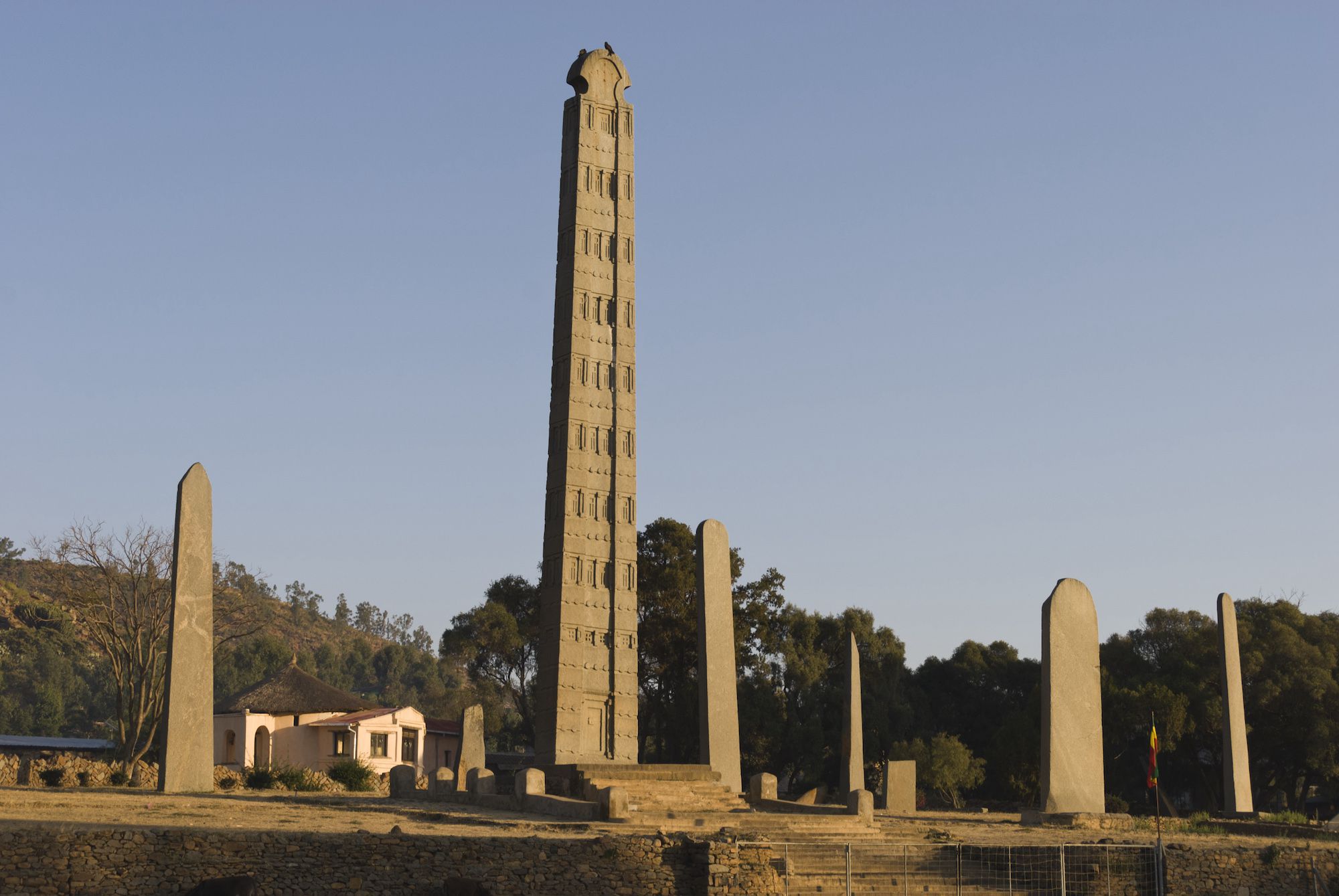
:format(webp)/cloudfront-us-east-1.images.arcpublishing.com/tgam/VXFRO3ZZQBMDPIHTOPX5T3EQTU.JPG)
